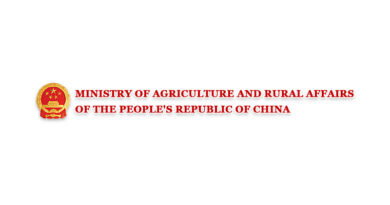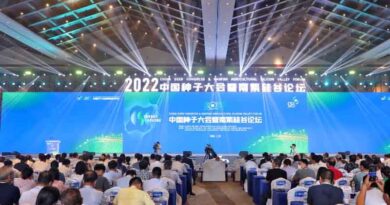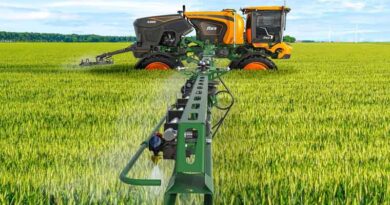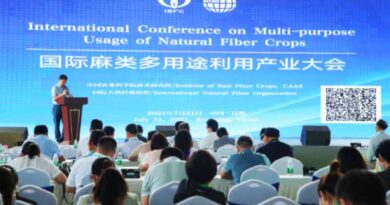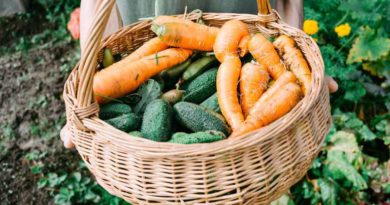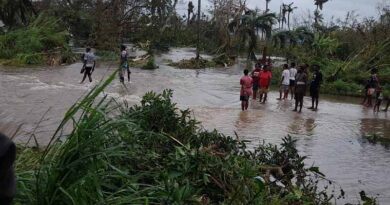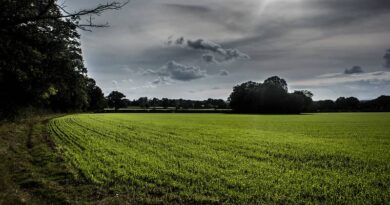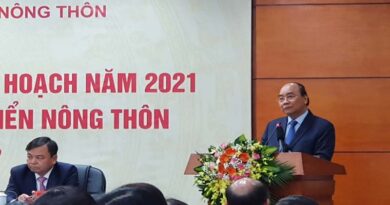China: Looking at new trends in seed industry revitalization from the 3rd Sanya International Seed Industry Scientists Conference
09 January 2024, China: The Central Rural Work Conference held recently emphasized supporting the construction of agricultural science and technology innovation platforms and accelerating the revitalization of the seed industry. On January 6, the three-day Third Sanya International Seed Industry Scientists Conference and International Seed Industry Science and Technology Expo came to an end.
More than 30 Chinese and foreign academicians, more than 100 Chinese and foreign seed industry scientists, entrepreneurs, and industry elites, and more than 2,200 representatives gathered together to participate in this conference, sharing the cutting-edge innovation results of the seed industry, looking forward to the development trends of the seed industry, and discussing the revitalization of the seed industry. way.
Technological innovation in the seed industry is the key to the development of the seed industry. Focusing on hot industry issues such as germplasm resources, variety creation, and seed breeding, guests attending the meeting expressed their insights based on their own research. “The core requirements for seeds in future agriculture are to increase production and improve quality, reduce investment (reduce the use of chemical fertilizers and pesticides), and reduce losses (reduce losses from natural disasters).” Li Jiayang, academician of the Chinese Academy of Sciences and director of the Yazhou Bay Laboratory, said, “The goals of the laboratory Our mission is to meet the future development needs of agriculture and seed industry, break through the ‘stuck neck’ key core technologies, and create leading new varieties.”
“The process and goal of breeding is to create variation, fix variation, and select variation.” Zhai Huqu, honorary president of the China Association for the Promotion of International Agricultural Cooperation, said that the application contribution rate of varieties in agricultural production is more than 40%, and germplasm resources are the most important factor affecting the success or failure of breeding. bottleneck, major powers are snatching and innovating germplasm resources. Therefore, we must continue to innovate in germplasm.
Variety creation requires scientific and technological innovation empowerment. At the conference, the electron accelerator mutation breeding device introduced by Zhai Huqu became the focus of the audience. In view of the uncontrollable and random characteristics of genetic breeding such as artificial hybridization, this device has the characteristics of high mutation frequency, multiple mutation types, stable and fast mutation traits, and is safe and fast to operate, green and environmentally friendly, with no residue, and the entire process is accurate and controllable Digitization provides the most direct data support for digital breeding and gene bank big data applications.
According to reports, the Sanya Electron Accelerator Mutation Breeding Laboratory located in the “Southern Silicon Valley” uses the electron accelerator mutation breeding device to mutagenize breeding units, scientific research institutes, and seed industry enterprises, including main crop seeds, fruit tree seeds, branches, and seedlings. Waiting for test materials. Focus on research on key technologies for radiation mutation breeding of major crops such as rice, soybeans, and corn, as well as tropical and subtropical fruits unique to Hainan Province, and use the electron accelerator mutation breeding platform to create more excellent new germplasm resources and cultivate new excellent varieties.
Along with innovations in breeding concepts and breeding technologies, breeding directions are also gradually diversifying, and characteristic rice breeding has become a hot topic at the conference. Xie Huaan, an academician of the Chinese Academy of Sciences, said that the new rice variety “Fuxiangzhan” developed by his team is not only resistant to rice blast, resistant to storage, has high rice quality, but also has a relatively high iron content. “From the previous ‘eat a full meal’ to today’s ‘eat a good meal’, we must also eat healthily. The current concept is universal health.” Xie Hua’an said.
At this conference, talent cultivation is also a hot topic for exchanges between many experts and business representatives. Zhang Xianlong, an academician of the Chinese Academy of Engineering, said that since the revitalization of the seed industry, the training of modern talents in biological breeding has been promoted rapidly. With the progress in genome, gene editing and synthetic biology, the training of talents in breeding is also being upgraded, but it will need to continue to be upgraded in the future. .
“The development of the rabbit breeding industry requires the support of experts, as well as the power of enterprises and the market.” Qin Yinghe, chief scientist of the National Rabbit Industry Technology System, said that currently, our country’s breeding rabbit farms or breeding companies have few core breeding technologies. Many companies hire experts as corporate consultants, but their own technical personnel do not have breeding capabilities. In the future, they must increase the cultivation of talents in related fields.
In view of the talent support in the seed industry, during the meeting, the “Ten Hundreds and Ten Thousands” agricultural reserve talent training project led by the Executive Committee of the Sanya·International Seed Industry Scientists Alliance and the China Association for the Promotion of International Agricultural Cooperation and relevant units was officially launched. The project plans to take 10 years to start with the seed industry and simultaneously or gradually expand to professional fields such as plant protection, smart agriculture, and international trade. Every year, no less than 100 leading companies in various agricultural fields will be selected and organized to participate, with an average of 1,000 people arranged per year. Business executives or business experts serve as professional mentors. Participating schools focus on cultivating 10,000 students through voluntary application, two-way selection, and one-on-one pairing. We strive to have 200 to 300 outstanding agricultural scientists or entrepreneurs emerge from the 10,000 students within 20 to 30 years, and 3 to 5 special talents who may change the agricultural process in China and the world.
Li Li, vice chairman and director of the executive committee of the Sanya International Federation of Seed Industry Scientists, introduced that the “Ten Hundreds and Tens” project will also organize “face-to-face meetings between teachers and students”, “executive lectures” and “school-enterprise cooperation seminars” with the school. ” and other methods, establish an in-depth collaboration mechanism between universities and industry leading enterprises, provide new platforms and new opportunities for promoting school-enterprise cooperation to tackle key problems and transform results, form a virtuous cycle in which the industry absorbs talents and talents revitalize the industry, and contribute to the revitalization of China’s seed industry More power.
Also Read: Use of Nano Urea decreases Wheat yield by 20%: PAU
(For Latest Agriculture News & Updates, follow Krishak Jagat on Google News)



